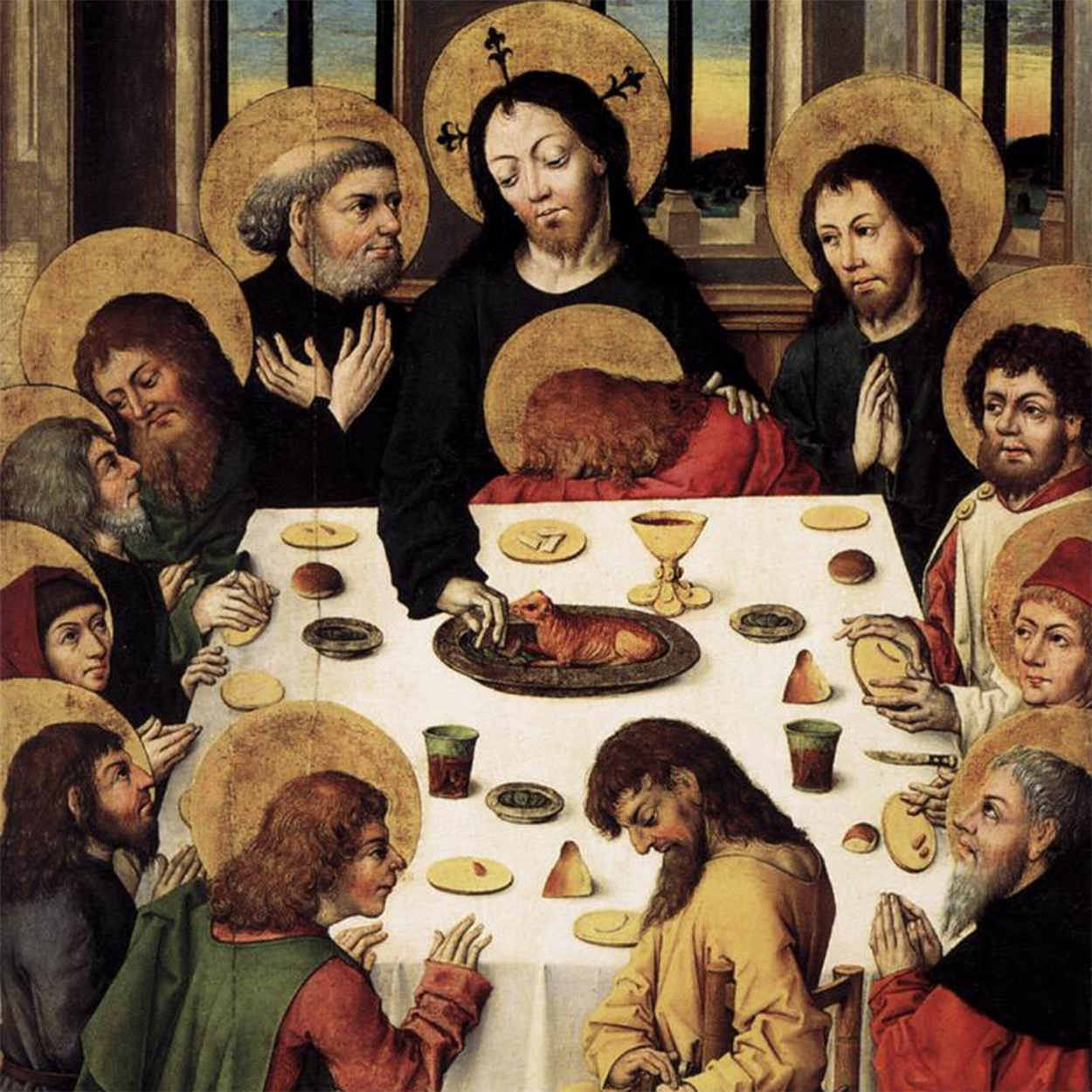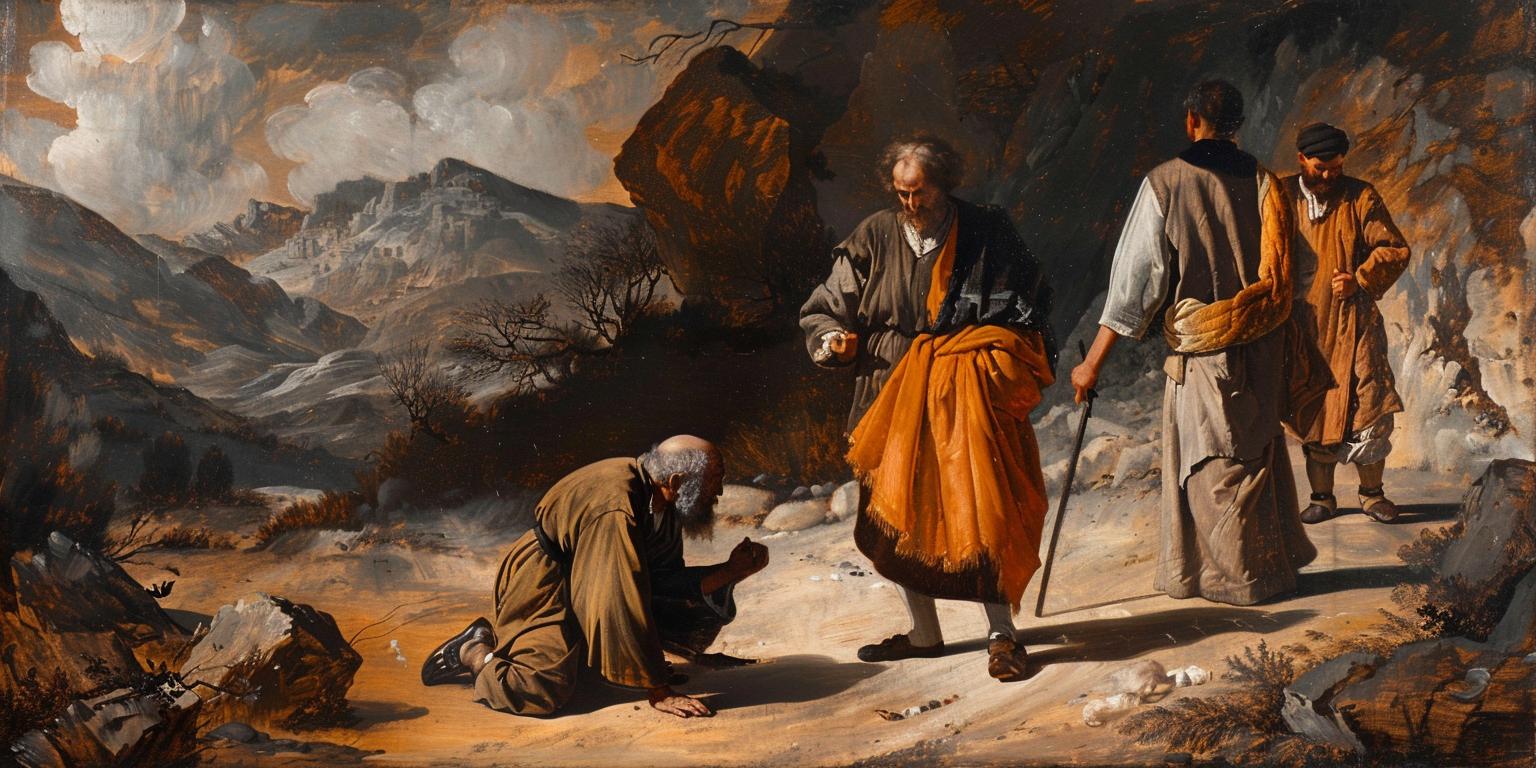In a 2012 Saturday Night Live sketch, a political ad parody “paid for” by “Low-Information Voters of America” showcased a handful of America’s “undecided voters” asking questions like, “What are the names of the two people running?” or “Who is the president right now? Is he or she running?” What makes this particular skit humorous is how much it reflects reality.
According to political scientists Christopher Achens and Larry Bartels, there is a “folk theory” of democracy that is widespread in American culture. This theory paints average citizens as engaged, well-informed participants in the political process, deliberating policies and selecting leaders who represent their well-reasoned preferences. “Unfortunately,” write Achens and Bartels, “while the folk theory of democracy has flourished as an ideal, its credibility has been severely undercut by a growing body of scientific evidence. . . . That evidence demonstrates that the great majority of citizens pay little attention to politics.”
With 2020 being a presidential election year, I want to kick off the New Year with a douse of cold water on the overly enthusiastic democratic flame. By exploring the extent of political ignorance among the American electorate, the incentives that drive this ignorance, and the policy outcomes of this ignorance, I hope to help instill some humility into this year’s political participation.
Michael Delli Carpini and Scott Keeter define political knowledge as “the range of factual information about politics that is stored in long-term memory.” Drawing on Carpini and Keeter’s work, Achens and Bartels display the ignorance of the typical American on these kinds of questions over the years. For example, in 1952, “only 44% of Americans could name at least one branch of government. In 1972, only 22% knew something about Watergate. In 1985, only 59% knew whether their own state’s governor was a Democrat or a Republican. In 1986, only 49% knew which one nation in the world had used nuclear weapons.”
Recent survey evidence continues to support these findings. A 2018 poll found that 67% of Americans cannot name all three branches of government. Another poll found that a sizable minority (39%) of Americans think or are not sure if low GDP is better for the country than high GDP. The Woodrow Wilson Foundation found that only one in three Americans can pass the U.S. Citizenship Test, with less than half the population of all but one state (Vermont) being able to pass it. A 2014 Barna survey found that 84% of Americans are unaware that extreme poverty worldwide has decreased by more than half in the past three decades. 67% said they thought global poverty was actually increasing. The late statistician Hans Rosling often tested his audience’s knowledge of the state of the world. Overall, he found that only 5% of Americans could answer a multiple-choice question about global poverty correctly, which was worse than chimpanzees picking at random.
This ignorance not only extends to basic facts about government, politics, and the economy, but to party makeup as well. A 2018 study found that “Republicans, Democrats, and independents, all overestimate the share of party-stereotypical groups in both the major parties.” For example, respondents thought 39.3% of Democrats belonged to a labor union (actual: 10.5%), 38.2% of Republicans earned over $250,000 a year (actual: 2.2%), and 31.7% of Democrats were gay, lesbian, or bisexual (actual: 6.3%).
“Political knowledge is distributed unevenly. Most people know little, but some people know a lot, and some people know nothing.”
Legal scholar Ilya Somin’s work on this subject is based on a thorough review of both the academic literature as well as a sweeping array of public surveys, including (but not limited to) the Annenberg Public Policy Center, Kaiser Health Tracking Poll, Pew Research Center, Bloomberg, Public Policy Research Institute, Reason-Rupe, and American National Election Studies. Noting that voter ignorance is not merely in regards to “specific policy issues but about the basic structure of government and how it operates,” he concludes, “Extensive evidence suggests that most Americans have little political knowledge. That ignorance covers knowledge of specific issues, knowledge of political leaders and parties, and knowledge of political institutions. . . . Moreover, much of the widespread ignorance relate to fairly basic issues about the politicians, parties, issues, and the structure of politics.”
Using the 1996 Survey of Americans and Economists on the Economy (SAEE), GMU economist Bryan Caplan compares the average belief of the general public on economic issues and the average belief of Ph.D. economists after controlling for things like family income, job security, race, gender, age, and income growth. Caplan explores just how much answers of economists differ from the general public on most economic issues. For example, the general public is far more concerned about the supposed negative economic effects of taxes, foreign aid, immigration, business tax breaks, the number of people on welfare, affirmative action, business profits, executive compensation, technology in the workplace, job outsourcing, and corporate downsizing. Caplan’s controls and comparisons confirm the extent to which (1) economic information and education changes one’s views about economic issues and (2) the general public is lacking in these qualifications. This gap between economists and the general public is further confirmed by a 2013 study drawing on the Economic Expert Panel (a panel of top economists from major U.S. research universities) and Financial Trust Index (polls average Americans on their trust in private financial institutions)—both from the University of Chicago. The authors of that study find that, “[o]n average, the percentage of agreement with a statement differs 35 percentage points between the two groups.”
Relying on data from the American National Election Studies, Georgetown political philosopher Jason Brennan notes, “Political knowledge is distributed unevenly. Most people know little, but some people know a lot, and some people know nothing.” Based on that perhaps more obvious reality, he proposes dividing citizens into four groups: “putting the 25 percent most knowledgeable citizens into the top quartile and the 25 percent least knowledgeable into the bottom quartile.” Based on this, some interesting patterns emerge:
93.4 percent of people in the top quartile, but only 13.1 percent of people in the bottom quartile, know that Republicans tend to be more conservative than Democrats. Among people in the lowest knowledge quartile, only 12.2 percent and 9.7 percent knew which party controlled the House of Representatives and Senate, respectively. The bottom 25 percent of citizens does worse than a coin flip when it comes to political knowledge—they are systematically in error.
Even then, Brennan goes on to argue that public polls actually overstate how much Americans really know about politics and policy. The first reason is because these polls “usually take the form of a multiple-choice test. When many citizens do not know the answer to a question, they guess. Some of them get lucky, and the surveys mark them as knowledgeable.” It’s also the case that these polls “count a citizen as knowledgeable if they know that we spend more on social security than defense,” but they typically don’t delve into any real nuances, such as checking if people “know how much more we spend.” Finally, the questions themselves are almost always “easily verifiable facts” — not questions that “require specialized social scientific knowledge” — and yet Americans still cannot answer them. Unfortunately, greater question complexity is associated with greater ignorance. According to Carpini and Keeter, the more detail required by the question, the less likely the public is to answer correctly.
Philosopher Michael Huemer notes that “popular wisdom often praises” political participation. However, this is likely unwarranted:
The clear evidence of human ignorance and irrationality in the political arena poses a serious challenge to the popular wisdom. Lacking awareness of basic facts of their political systems, to say nothing of the more sophisticated knowledge that would be needed to reliably resolve controversial political issues, most citizens can do no more than guess when they enter the voting booth. . . . [T]he attempt to influence public policy through such arbitrary guesses is unjust and socially irresponsible.
Voting imposes costs on others by wielding what is essentially government’s legalized monopoly on the use of coercive force. This makes being informed about these costs all the more important.
Of course, people are busy. We have jobs, families, and other interests that require our focus. It is no surprise that we do not spend the inordinate amount of time and energy on politics that is required to be “informed citizens.” In fact, our democratic structure may actually incentivize this widespread political ignorance (something I will touch on in a future essay).
But this is exactly the point. Before diving headlong into the inevitable political mudslinging this year, we should try practicing a little intellectual humility first. If the social science above is any indication, we likely know less than we think.
















